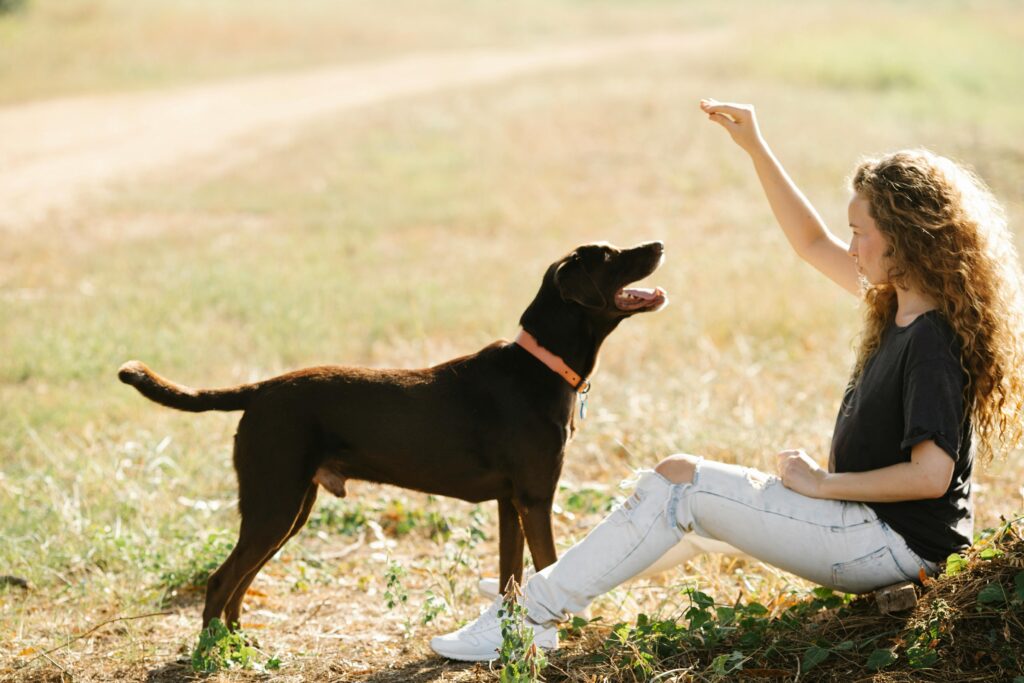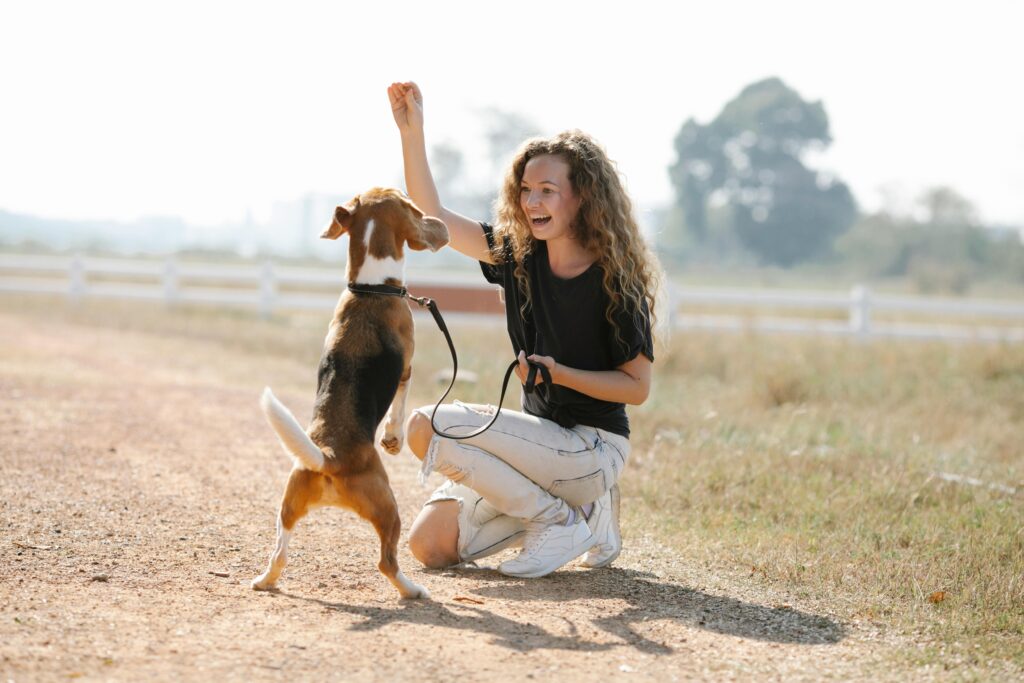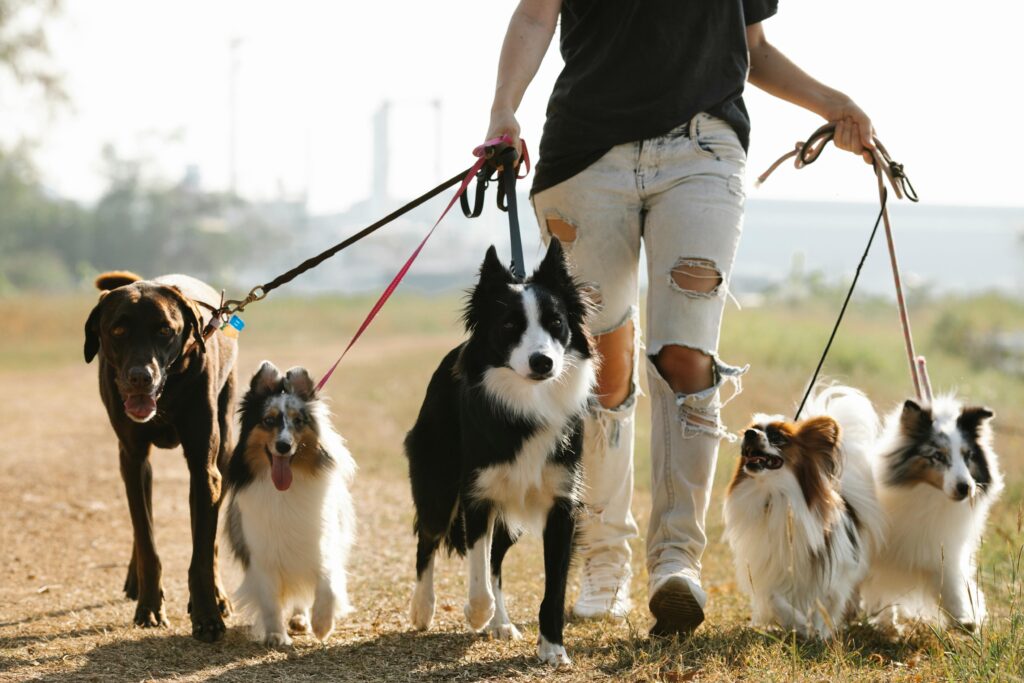Search

🐾 When it comes to training dogs, a lot of people assume:
“Big dog = big training problems.” However, considering training big dogs vs small dogs can change your perspective.
But here’s the truth—size doesn’t tell the whole story in training big dogs vs small dogs.
Some big dogs are total sweethearts that live to make you happy.
Some small dogs? Tiny tornadoes with attitude.
Whether your dog weighs 10 pounds or 100, training takes time, consistency, and a little bit of strategy.
Let’s break down what really sets them apart—and what doesn’t when training big dogs vs small dogs.
Yes, they’re powerful. And yes, they can knock over a coffee table without trying.
But that doesn’t mean they’re stubborn or tough to train.
In fact, many big breeds—like Golden Retrievers, Labs, and German Shepherds—are known for being eager to please.
They respond well to structure, praise, and clear guidance.
But here’s the deal: if you delay training, their strength becomes your biggest challenge.
One strong pull, and you might be the one going for the walk.
Start early, be consistent, and don’t forget—they’ve got big hearts too.

Let’s be honest:
It’s easy to ignore naughty behavior when it comes from a 7-pound fluffball.
A little bark here, a dramatic couch takeover there—it feels more cute than concerning.
But that’s where trouble starts.
When owners are too lenient, small dogs develop big dog attitudes.
We’re talking guarding, lunging, and lots of barking—all because the rules weren’t consistent.
Training small dogs takes just as much structure—and even more patience. This highlights the differences in training big dogs vs small dogs.
They may be tiny, but their personalities? Anything but.

No matter the size, every dog needs:
But your gear may look different:
No shortcuts—just adjustments.
In the end, training isn’t just about commands.
It’s about communication, trust, and connection—regardless of your dog’s size.
And with the right tools and attitude?
You’ll raise a well-behaved pup that’s a joy to be around, no matter how big or small they are.
🐶✨ From no-pull harnesses to training treats, find everything you need to train your pup—big or small—at Furlove365.com! ✨🐶

Leave a comment